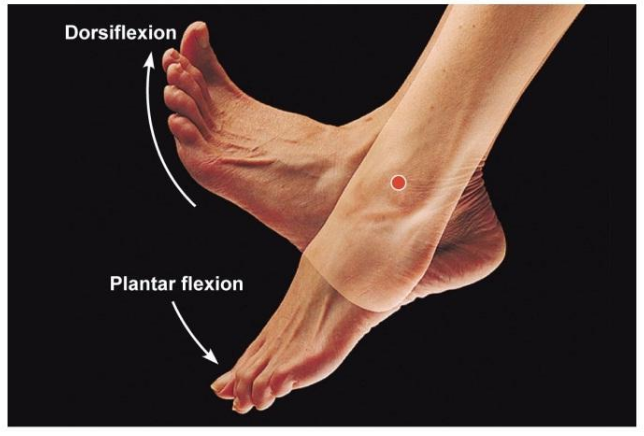In this post we look at why your calf muscles get tight and go through one exercise that may help resolve the issue.
The sensation of tightness in the calf muscles is very common, particularly if you’re a runner. This may be due to weakness in the muscles that bring the foot closer to the shin, the dorsiflexors.
Dorsiflexion
Dorsiflexion is a critical movement for both running and walking. In fact you must be able to get the ankle to neutral (0 degrees) if you just want to stand up straight.

By improving the function of the muscles that dorsiflex the foot, you will see an immediate release of the plantarflexors or calf muscles.
When there is weakness in muscles on one side of an axis (in this case the ankle or talocrural joint) there will be a corresponding tightness on the other side of the axis to keep the joint stable.
Try this simple exercise to improve dorsiflexion
Sit on a chair with your legs out in front of you and just a small bend in the knee. Dorsiflex both feet and decide which one is more restricted.
Invert the foot of the most restricted side (take the sole of the foot inwards) and then holding that inversion, gently pull the top of the foot towards your shin. Hold that contraction for 6 seconds and then relax. Repeat a further 5 times.
Now evert the same foot (take the sole of the foot outwards) and again gently pull your foot up towards the shin. Hold for 6 seconds then relax. Repeat a further 5 times.
You should see begin to see an increase in range of movement and a reduction in the sensation of tightness in your calf muscles.
Repeat on the other ankle if you now have more range on the previously restricted side.
Summary
Muscles that feel tight may not be the problem but rather a solution to the problem.
For a more detailed discussion on muscle tightness and what it represents take a read of this post.